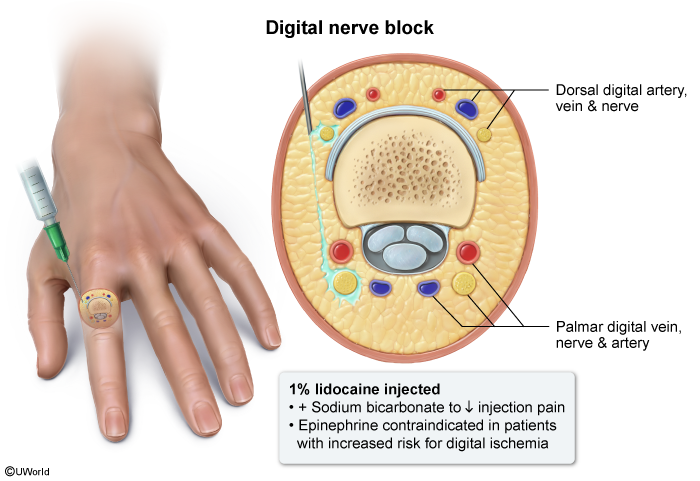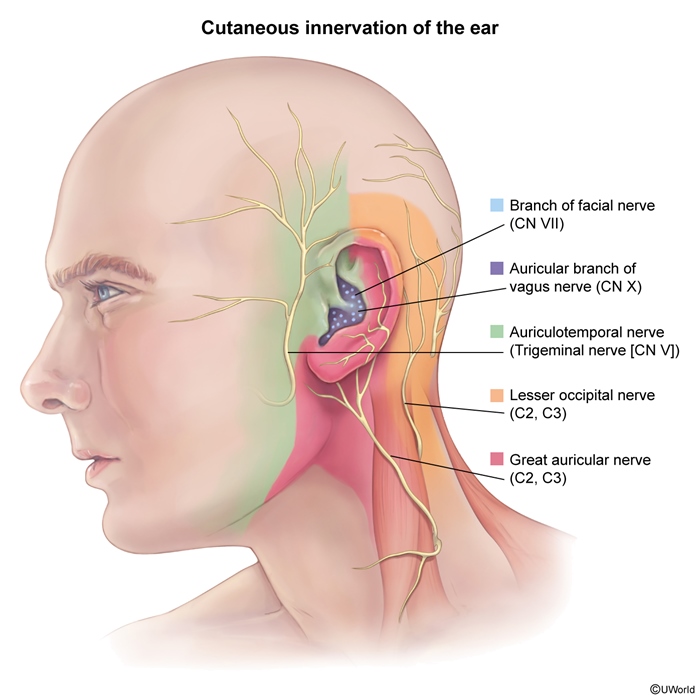Traumatic Lacerations And Wound Repair
Article Sections
Introduction
Lacerations are traumatic tears in the skin and underlying soft tissue typically caused by a sharp force (eg, cut). They are a common presentation in emergency clinical settings.
Pathophysiology
Lacerations disrupt the integrity of the epidermis, dermis, and sometimes deeper structures (eg, subcutaneous tissue, muscle, nerves, blood vessels). The extent of injury is influenced by factors such as force, angle, and mechanism (eg, sharp vs blunt trauma). Wound healing follows a well-defined sequence of phases:
- Hemostasis: Vasoconstriction, platelet aggregation, and clot formation to control bleeding.
- Inflammation: Neutrophil and macrophage infiltration, cytokine release, and removal of necrotic debris.
- Proliferation: Fibroblast activity, granulation tissue formation, collagen deposition, and neovascularization.
- Remodeling: Collagen cross-linking, extracellular matrix reorganization, and restoration of tensile strength over weeks to months.
Continue Learning with UWorld
Get the full Traumatic Lacerations And Wound Repair article plus rich visuals, real-world cases, and in-depth insights from medical experts, all available through the UWorld Medical Library.
Figures

Figure 1

Figure 2
Tables
Table 1
Table 2